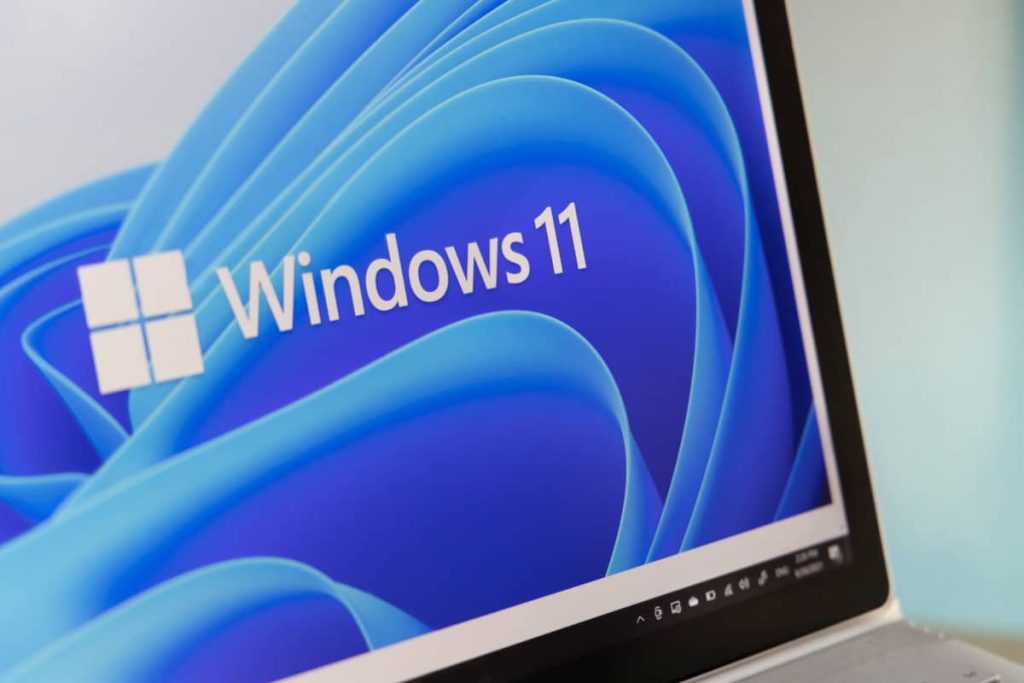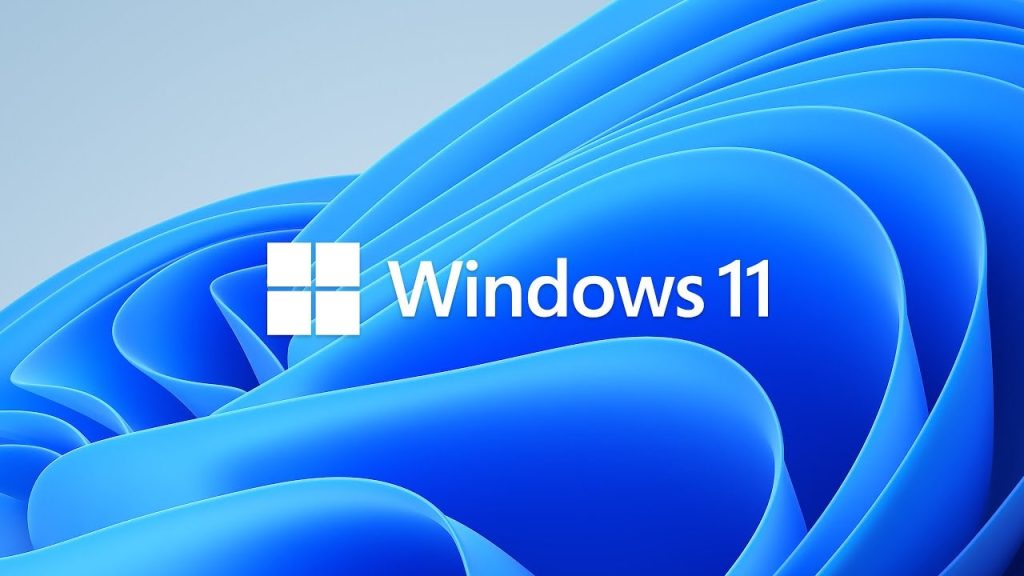The Windows 0x80004005 Error is one of many bugs that keep surfacing, which affects the user experience with Windows in general. There can be various reasons for this “unspecified error” from corrupt system files or a permissions issue to conflicts with programs from third-party providers. In this step-by-step guide, we’re going to show you how to easily fix Windows Error 0x80004005 on your computer so you can get back to actively using your PC.
Read: How To Fix OneDrive Sync Issues Easily and Effectively
Understanding Windows Error 0x80004005
Windows Error 0x80004005 stands for an unspecified problem, so it is difficult to determine without any errors to indicate what the issues are. This could happen when you are accessing shared folders, updating Windows, extracting some files, or trying to install software. Frequent reasons why your computer may be crashing include system errors. A driver update may repair a corrupt driver or fix a driver conflict between devices. The error doesn’t by itself point to the solution, and finding the right fix depends on the error’s context.
Method 1: Run the Windows Update Troubleshooter
If you encounter Windows Error 0x80004005 while attempting to update Windows, the integrated troubleshooter could help figure out and resolve the problem for you.
- Open Settings: Press the Windows + I keys to open the Settings app.
- Go to Troubleshoot: System > Troubleshoot > Other troubleshooters.
- Run the Troubleshooter: Search for Windows Update, then click Run Troubleshooter. Follow the on-screen steps to detect and fix the problem.
- Reboot Your PC: Once the troubleshooter is finished running, restart your PC and attempt the update once more.
This solution helps to fix update cases of Windows Error 0x80004005 as corrupted update files or misconfigured settings are corrected.
Method 2: Scan for Your System File Infected with Malware
The Windows Error 0x80004005 error, due to corrupted system files, can be very frustrating. Repair them with the System File Checker tool (SFC) and Deployment Image Servicing and Management (DISM).
- Open Command Prompt as Administrator: Paste the following command line into the search bar and hit Enter: cmd /Right-click the cmd search result and choose Run as administrator.
- Run SFC Scan: Enter ‘sfc/scannow’ and hit Enter. This will scan and repair corrupted system files.
- Try Run on SFC: If SFC fails to work, you can try typing DISM /Online /Cleanup-Image/RestoreHealth and hit Enter. This will repair the Windows system image.
- Reboot PC: Reboot to see if the problem still exists.
These utilities verify that your system files are intact and fix Windows Error 0x80004005 related to file corruption.
Method 3: Change Folder or File Permissions
If the error is when reading/extracting files (eg, from a ZIP file) it could be to do with file permissions.
- Occate File/Folder: Right-click on the offending file or folder and go to the Properties.
- Check Permissions: Go to the Security tab and make sure your user account has Full control. Otherwise, click Edit to change permissions.
- Save changes: Click the OK button to save the configuration and try accessing the file once more.
Fixing permissions may help fix Windows Error 0x80004005 if the issue occurs due to restrictive access.
Method 4: Turn Off or Set Up Antivirus Software
You can encounter Windows Error 0x80004005 if a third-party antivirus program is not allowing Windows to function properly.
- Temporarily Disable Antivirus: Open your antivirus application and turn it off.
- Retry This Action: Try the operation (file extraction or update for example)again.
- Add Exceptions: If disabling works, add the file, folder, or Windows Update that is being blocked to your antivirus exception list.
Don’t forget to turn your AV software back on when you’re done, so your machine isn’t unprotected.
Method 5: Update/Reinstall Drivers
Out-of-date or defective drivers can cause Windows Error 0x80004005, which often occurs when performing hardware assignments.
- Open Device Manager: Tap Windows Key + X and choose Device Manager.
- Check for Problem: Devices with a yellow triangle. Right-click and choose Update driver > Search automatically for drivers.
- Reinstall if Necessary: If updating the driver doesn’t work, try uninstalling the driver, and your PC will reinstall it when you restart.
Updating the drivers will help in reducing the conflicts that result in Windows Error 0x80004005.
Method 6: Clean the Windows Registry
The Windows error 0x80004005 may be caused due to registry errors. That is fine, either run a reliable registry cleaner or proceed with fixing the registry problems.
- Make a Registry Backup: Launch Registry Editor (regedit) and choose File > Export to save a backup copy of your registry.
- Run a Registry Cleaner: You can use a reliable program such as CCleaner to scan and repair your registry.
- Reboot your PC: Now you have to reboot to make the change.
This section method or task contains steps that tell you how to modify the registry. Complicate your system.
Method 7: Try a Clean Boot
A clean boot can help you determine whether third-party programs or services are causing Windows Error 0x80004005.
- Open System Configuration: Press Windows + R, type msconfig, and click OK.
- Disable Non-Microsoft Services: Head to the Services tab, select Hide all Microsoft services, then choose Disable all.
- Disable Startup Programs: Next up is the Startup tab, where you can also open the Task Manager. Disable all startup items.
- Try restarting and testing: Restart your PC and see if the task gets done.
If the problem does not occur, only find out the disabled service by one or more, and then enable it to figure out the exact service that is causing this error.
Conclusion
Keep in mind that Windows Error 0x80004005 will only be a pain, but you can use Windows troubleshooters, system file checker, modifying permissions, antivirus settings and updating drivers, cleaning the registry, and doing a clean boot to fix it. The best practice is to always start with the simplest solutions, such as the Windows Update Troubleshooter, before making your way to more advanced steps, such as clearing your Windows Update cache or deleting the update itself from the registry. If that doesn’t work, then it might be a deeper issue and you may need to get hold of MS Support or do a reinstall of Windows. Keep the system up to date and backed up to avoid future problems.



